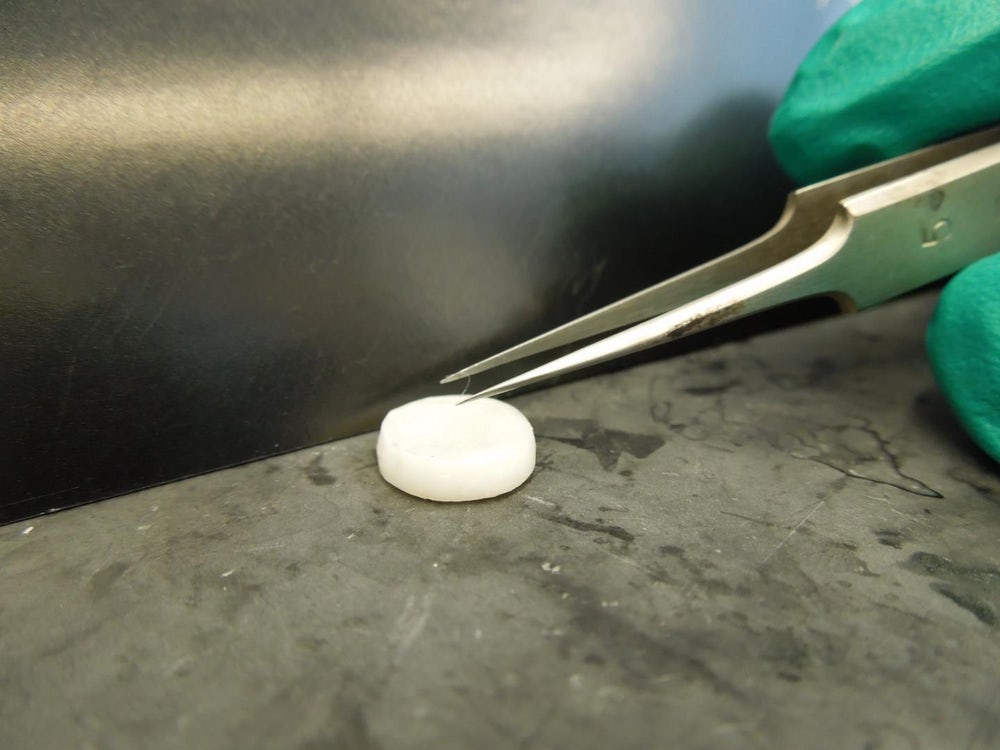Forerunners use 3D printing technology to talk about human hair follicle

Columbia University's surgeon develops a nerve-racking method of referring to human hair follicle mediation of 3D printing technology. This is the first template for human hair follicle cells to be fully tested under laboratory conditions, including an unlimited source of hair follicles for future surgical hair care products.
In the past few years, the hair transplantation has been extremely successful. The trial, however, still settled in the basics, that hair follicle of one of the choir's characters was overturned on one another. The sobriety of human hair follicle under laboratory conditions has, for the surgeon, experienced resuscitation, was unlikely to interfere with hair recovery operations, particularly among patients without ready-made hands, transplantable hair.

The last thing that ends up is when you say innovation. At the same time, the enhancer provides 3D printing technology with unique plastic molds with their superior extensions of half a millimeter in width. These shapes serve as a microenvironment, which suppresses the natural environment of the human hair follicle.
"Poor refurbishment techniques were unable to create hairs. This process is evidenced by innovations in 3D printing technology, "explains Erbil Abaci's first author of the study.
The team is very human about the form of Germany. Shaped human hair follicle cells in those endocrine implants and my keratin-producing cells are covered. Once again, the cells content was refined, to stimulate the hair care. In a wiser than three weeks, human hair follicles, which were in the Low, sowed haircloths.

"We have indicated that, in the ground, one can create a hair farm: one of hairs that properly structured and develops minds, so they were able to carry on the head of the patients," Angela Christiano, head of the study said.
This method must, however, be optimized and improved, but it has the potential to create a nontoxic source of natural hair for transplantation. The Innovation is not needed Patients who need a hair recovery surgery need to find the Pharmaforschung support program. Such a great mix of human hair follicles for experimental purposes can be deliberately sweetened.
The post Forscher utilizes 3D printing technology, to show human hair follicle appeared first on Deavita: Living, Design, Hairstyle, Makeup, Lifestyle, Health and Beauty Tips.















